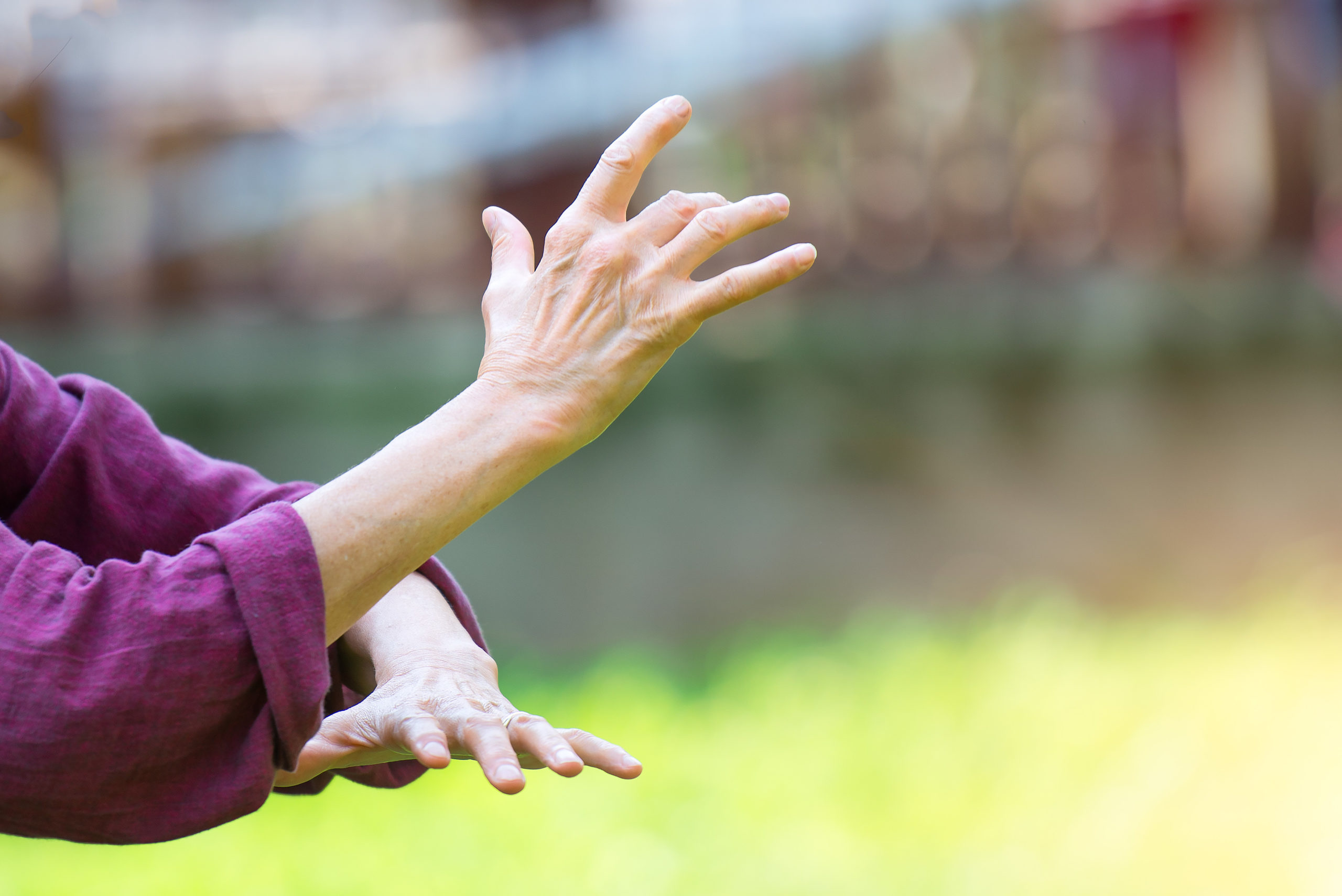By Harry Newman, DVM and Taoist Tai Chi Instructor
Harvard Health says, “Tai chi is often described as meditation in motion but should be called medication in motion.” It is a low-impact, series of relaxing, continuous slow-motion circular moves that are never forced.
But what is most impressive about tai chi is evidence of its overwhelming health benefits. Some of the most impressive tai chi research involved 500 studies and 21 countries conducted by Beijing University and Harvard Medical School, confirming that individuals practicing tai chi, just two hours a week for 12 weeks, experienced significant improvement in falls prevention, heart health, hypertension, diabetes, osteoarthritis, and osteoporosis. Tai chi’s benefits are indisputable.
- Tai chi strengthens the lower body, improves posture, promotes flexibility, increases body awareness and proprioception (knowing where your legs are in space), and decreases the likelihood of slipping and falling (leading cause of death and injury in those over 65 years of age). Studies published in the Journal of the American Geriatrics Society in 2017 show regular tai chi practitioners are 43 percent less likely to fall.
- Tai chi helps control musculoskeletal, back and neck pain, and pain from injury and arthritis, promotes better posture, improves blood and lymph circulation, increases range-of-motion, and healing. A study in Arthritis Care confirms practicing twice weekly decreases back pain.
- Osteoarthritis, a painful degenerative disease, causes the protective cartilage surrounding joints to wear away causing bone to rub on bone. Research in Annals of Internal Medicine found tai chi to be an effective form of physical therapy for knee osteoarthritis. A study in Journal of Pain revealed tai chi is as effective as traditional neck exercises in reducing pain and improving overall quality of life.
- Fibromyalgia pain tends to be more diffuse than joint pain, affecting soft tissues at the back of the neck, shoulders, chest, lower back, shins, hips, elbows, and knees. The New England Journal of Medicine found tai chi to be more beneficial than stretching classes.
- A meta-analysis of 20 studies showed individuals with mild cognitive impairment practicing tai chi experienced a slower progression to dementia. Research in Archives of Gerontology and Geriatrics found significant improvements in mood and depression amongst those practicing tai chi.
- The journal American Cardiology found that healthy individuals with heart disease practicing tai chi experienced improved exercise capacity on par with brisk walking. Those with hypertension experienced a 32-point reduction in systolic and an 18-point reduction in diastolic blood pressure.
“More and more people are flocking to tai chi classes. Not only are they talking about their improved health, but they are also experiencing the unique joy and added social benefit of being part of a welcoming community,” said Taoist tai chi instructor Harry Newman.”
Locally, tai chi classes are offered through the Toist Tai Chi Society and at the Jewish Community Center of Greater Buffalo (JCC). Learn more at /www.taoisttaichi.org/locations/buffalo-center regarding classes in Kenmore, Amherst, Buffalo, and West Seneca. For classes at the JCC visit www.jccbuffalo.org.
Harry Newman, DVM is an instructor at the Taoist Tai Chi Society of Buffalo.












